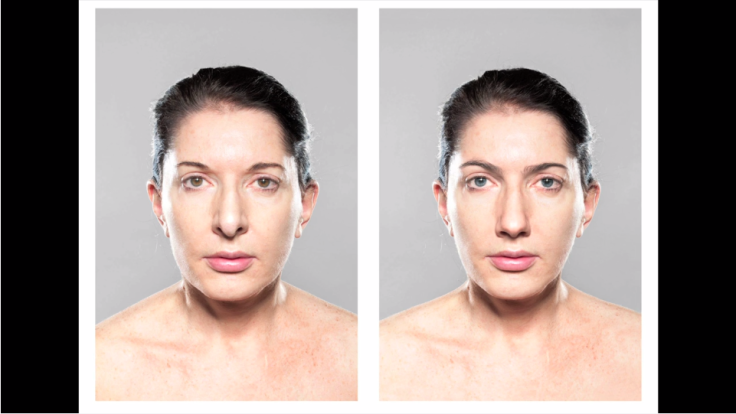'Original Ideal' Project Uses Brain Waves To Show People What They Want To Look Like

Each of us has an idea of who we’d rather look like, maybe a celebrity or an athlete. But what about different versions of ourselves? Photographer Scott Chasserot wanted to find out what goes on in people’s heads when they see their own pictures set beside slightly altered doppelgängers.
Chasserot calls his project “Original Ideal,” owing the work’s side-by-side premise. “What do we find instinctively beautiful in the human face, and how does this translate to self-image?" the project’s website asks. In answering that question, Chasserot snapped a self-portrait of each person before building several edited versions on his computer. Then, he showed the portraits to people while they wore a device that read their neural activity. Whichever versions caused people’s brains to light up the most Chasserot deemed the most desirable.
Original Ideal from Scott Chasserot on Vimeo.
According to the project, the images were created with “scientifically established canons of beauty” held in mind. Many of these rely on facial symmetry, an oft cited explanation for why some people are considered, on average, more beautiful than others. (This theory is not without its critics.) Judging by the subjects’ own “pre-conscious” selections, each of us prefers to have big eyes, a thin neck, and a face that tapers toward an angular chin.
The project also challenges people to think about how our impressions of people might change if we knew they saw themselves differently: “What assumptions would we make about another person,” the website asks, “if we could see their ideal self-image?”



























